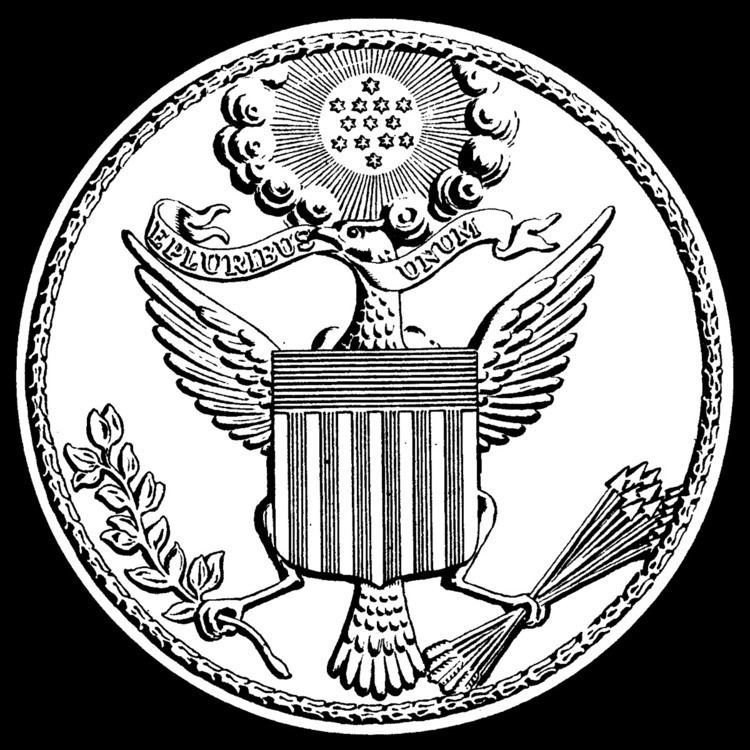 | ||
The area that eventually became the U.S. state of Montana played little direct role in the American Civil War. The closest the Confederate States Army ever came to the area was New Mexico and eastern Kansas, each over a thousand miles away. There was not even an organized territory using "Montana" until the Montana Territory was created on May 26, 1864, three years after the Battle of Fort Sumter. In 1861, the area was divided between the Dakota Territory and the Washington Territory, and in 1863, it was part of the Idaho Territory.
Contents
Nevertheless, Confederate sympathizers did have a presence in what is now the U.S. state of Montana. Those in the Montana Territory who supported the Confederate side were varied. Among them were Confederate sympathizers who were determined that some of Montana's gold would go into the Southern instead of Northern coffers. But most were those who would rather not fight in the war, which ranged from pure drifters to actual Confederate deserters.
In southwest Montana, Madison County residents of the area native to the Southeast United States wished to name their new town Varina, in honor of Varina Davis, the wife of the Confederate President Jefferson Davis. The Varina Townsite Company, on June 16, 1863, went to confirm the 320 acres (1.3 km2) of land as the town of Varina. However, when they applied for the name, the judge—Connecticut native Dr. G.G. Bissell—refused, saying they would be "damned" before he would allow the town to be named for the first lady of the Confederacy. Bissell did say he would allow the company to name the town after the state of Virginia, and they did so, incorporating the town of Virginia City. Charles Dickens even mentioned it in his book All the Year Round. The town would remain sympathetic to the South, even after being named the capital of Montana. When boats sailed down the Yellowstone River from the town (this is manifestly wrong, since the Yellowstone River does not even penetrate Madison County, much less flow through Virginia City), the local newspaper said they were sailing to "America."
The loyalty towards the Confederacy concerned many supporters of the Union. Seeing this, Sidney Edgerton in 1863 went quickly to see Abraham Lincoln about the situation, and this was one impetus to create the Montana Territory so quickly.
Gold mining in Montana began during the Civil War; gold placer deposits were discovered at Bannack in 1862. The resulting gold rush resulted in more placer discoveries, including those at Virginia City in 1863 and at Helena and Butte in 1864. Gold from the Montana gold mines went to both sides of the conflict. In Broadwater County, in the central portion of the state, Confederate sympathizers found a vein of gold eight miles (13 km) west of Townsend, with the immediate area named "Confederate Gulch" in their honor. It was said to be among the "largest and richest of the placer diggings" within the state.
Civil War Regiments in Montana Territory
Although no organized Confederate forces reached Montana Territory, a series of detachment from union regiments, most of which were raised to fight confederates in the south, instead found themselves far to the west of the Civil War, fighting Native Americans and guarding outposts in Montana Territory. The regiments that these detachments came from are listed here:
